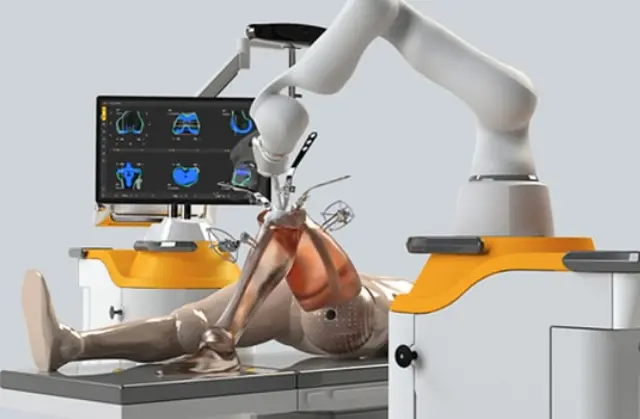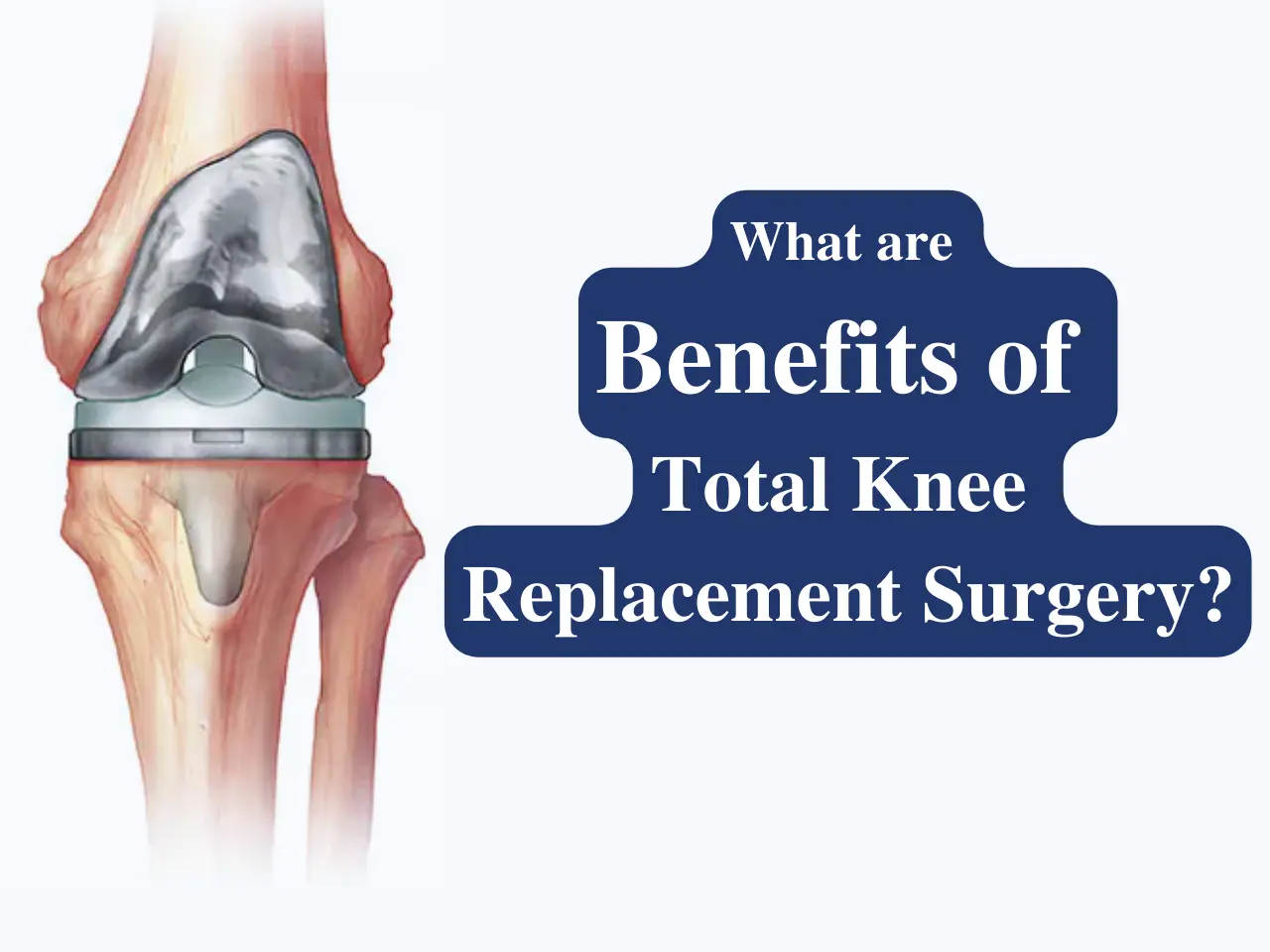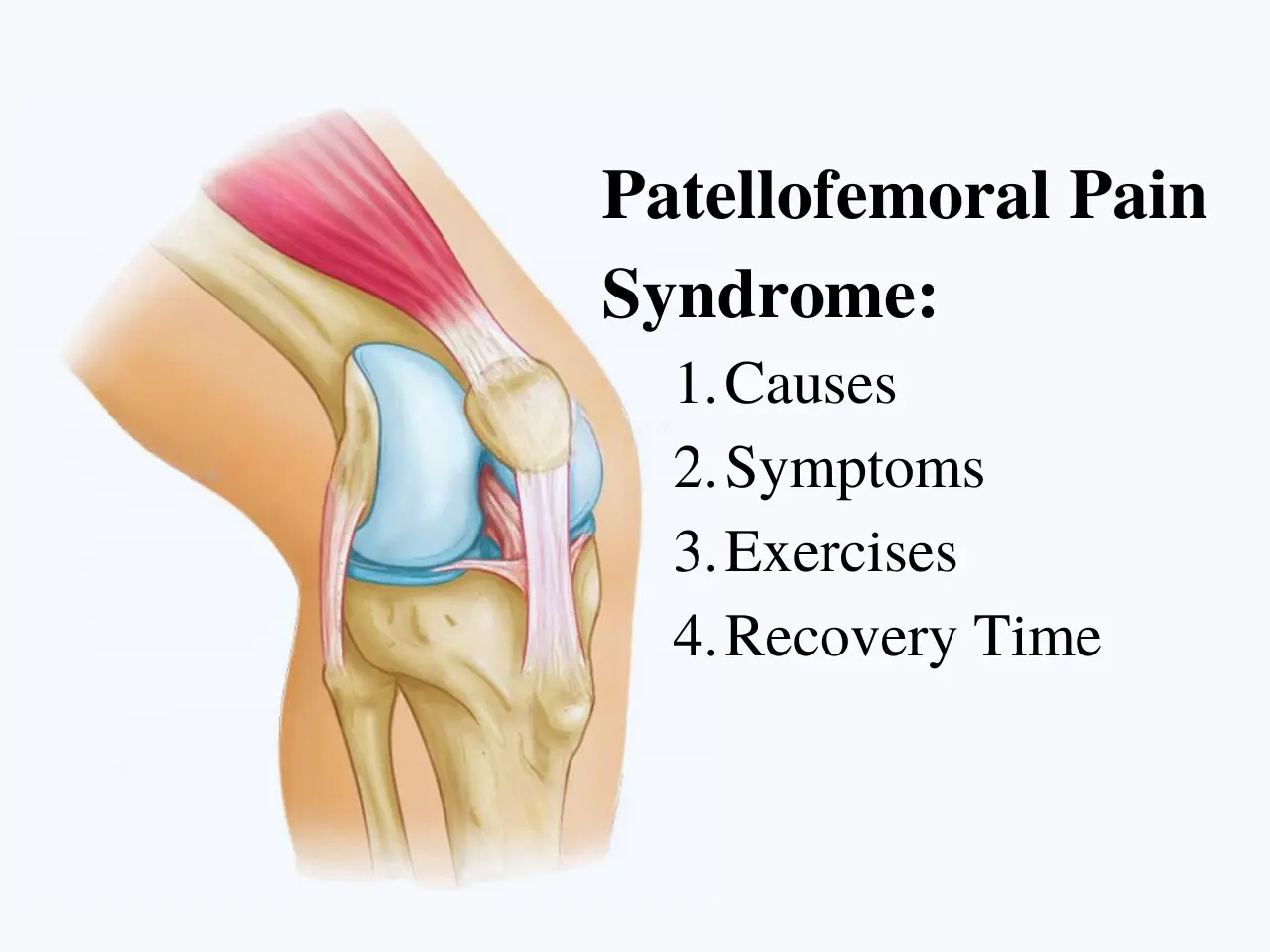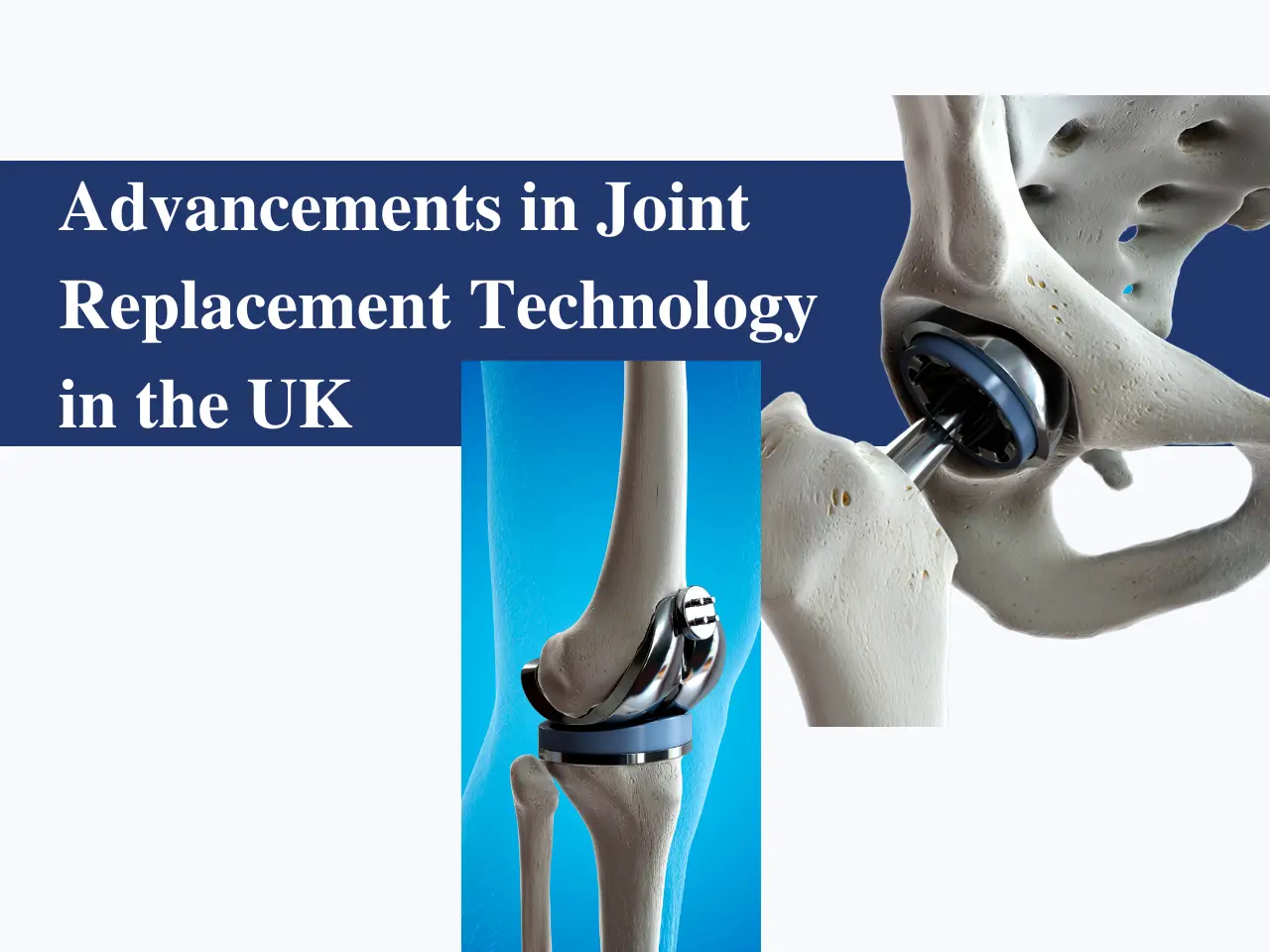Introduction:
Robotic surgery has emerged as a revolutionary technique, offering enhanced precision, improved ergonomics for surgeons, and potential benefits for patients.
However, concerns surrounding its cost-effectiveness remain prevalent, prompting crucial highlights for healthcare professionals like Mr. Nikhil Pradhan.
This discussion delves into the complex topic, analyzing factors and exploring the feasibility of robotic surgery within budgetary constraints.
Understanding the Cost Dynamics:
While costs of the robotic surgery are higher, The crux of the matter lies in whether these expenditures align with the long-term benefits.
Advocates contend that while the initial costs may seem daunting, the potential advantages such as reduced hospital stays, faster recovery periods, and decreased complication rates could outweigh them in the long run.

Comparative Robotic Surgery Cost Analysis:
To ascertain the cost effectiveness of robotic surgery, it is crucial to juxtapose it with conventional surgical methods. Studies indicate that while the direct costs associated with robotic surgery may initially are higher than traditional approaches, the indirect costs, such as extended hospitalization, post-operative care, and rehabilitation, often tilt the scales in favor of robotic procedures.
Furthermore, the precision afforded by robotic systems can potentially mitigate the risk of complications, leading to overall healthcare cost savings.
Robotic Total Knee Replacement in Cheshire:
Robotic Total Knee Replacement presents a compelling case study for assessing the cost effectiveness of robotic surgery. In Cheshire, where traditional knee replacement surgeries are prevalent, the integration of robotic assistance has garnered attention for its potential to enhance surgical outcomes.
The Economic Impact in the United Kingdom:
In the context of the United Kingdom, where healthcare expenditure is scrutinized, the cost effectiveness of robotic surgery holds particular significance.
Robotic surgery potentially promises curbing long-term healthcare costs through improved patient outcomes and reduced complication rates.
Location and Specialty Considerations:
- Robotic surgery cost in the United Kingdom: Costs vary within the UK due to private vs. NHS settings, with private costs generally higher.
- Robotic surgery in Cheshire: Availability and costs might differ across Cheshire, depending on individual hospitals and their investment strategies.
The Cost-Effectiveness Equation:
- Balancing benefits vs. costs: While upfront costs are high, potential savings in other areas like length of stay and complications need to be factored in for a comprehensive cost-effectiveness assessment.
- Volume matters: High-volume centres performing numerous robotic surgeries can leverage economies of scale, making the technology more cost-effective.
- Surgeon expertise: Surgeon training and experience significantly impact outcomes and procedure efficiency, influencing cost-effectiveness.
Conclusion:
Determining the cost-effectiveness of robotic surgery hinges on a nuanced analysis considering initial investment, potential cost savings, specific procedures, surgeon expertise, and institutional volume.
A holistic approach is crucial for Mr. Nikhil Pradhan to navigate this complex landscape and make informed decisions regarding the judicious use of robotic surgery in his practice.
Further Considerations:
- Technological advancements: Continued advancements might reduce acquisition and maintenance costs in the future.
- Long-term data: More long-term data on long-term outcomes and cost-effectiveness is needed for definitive conclusions.











